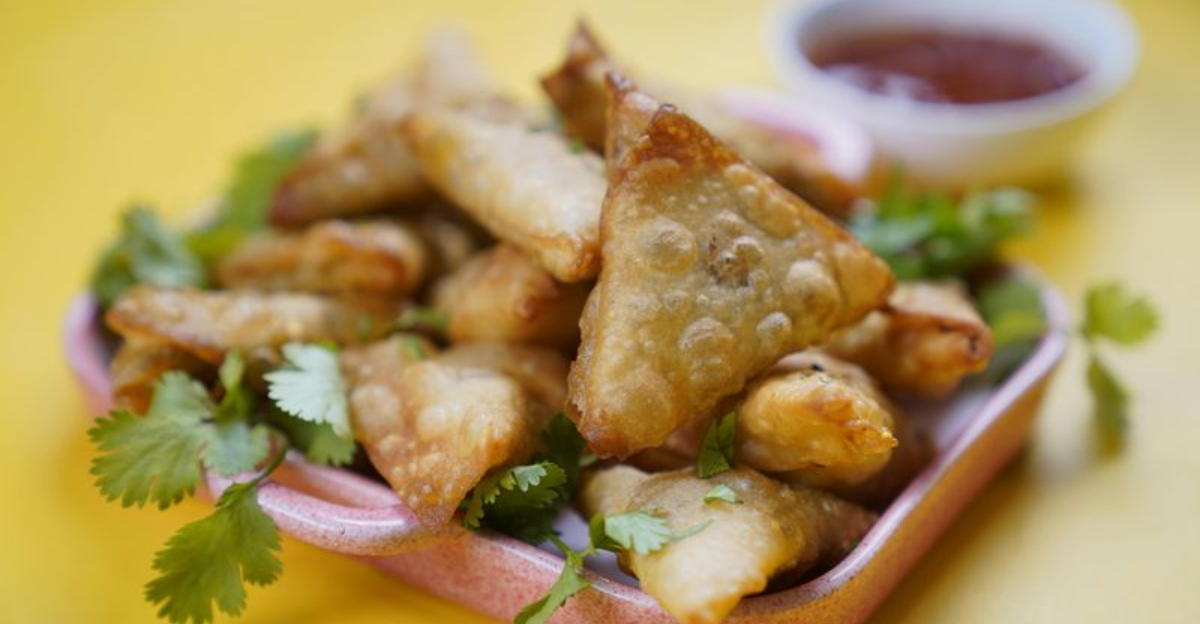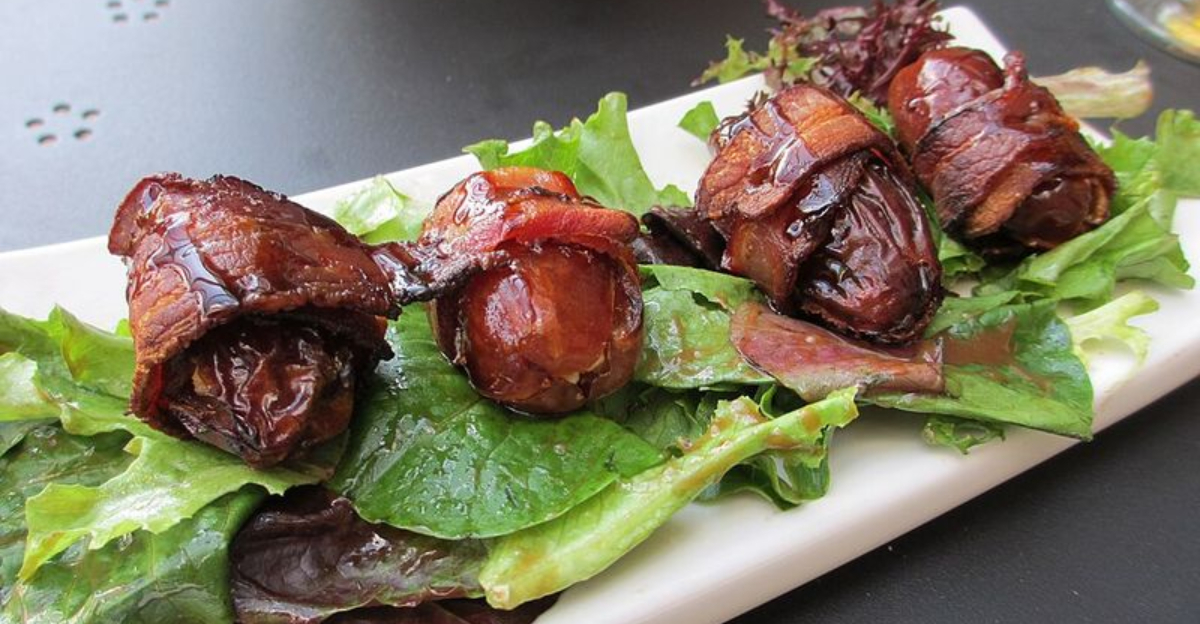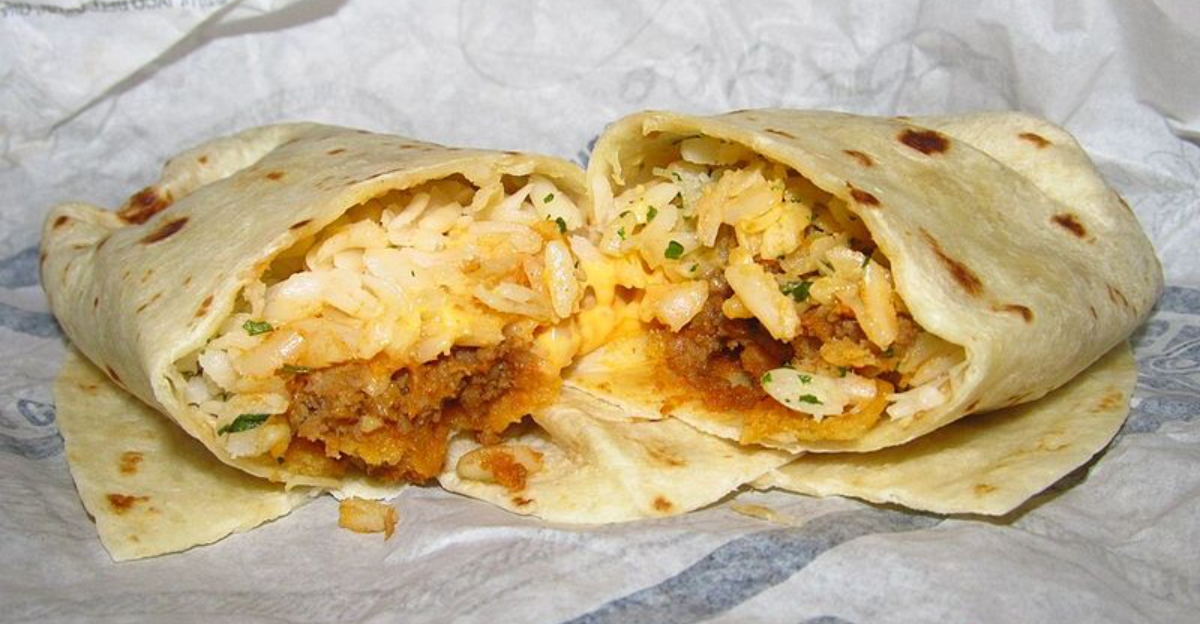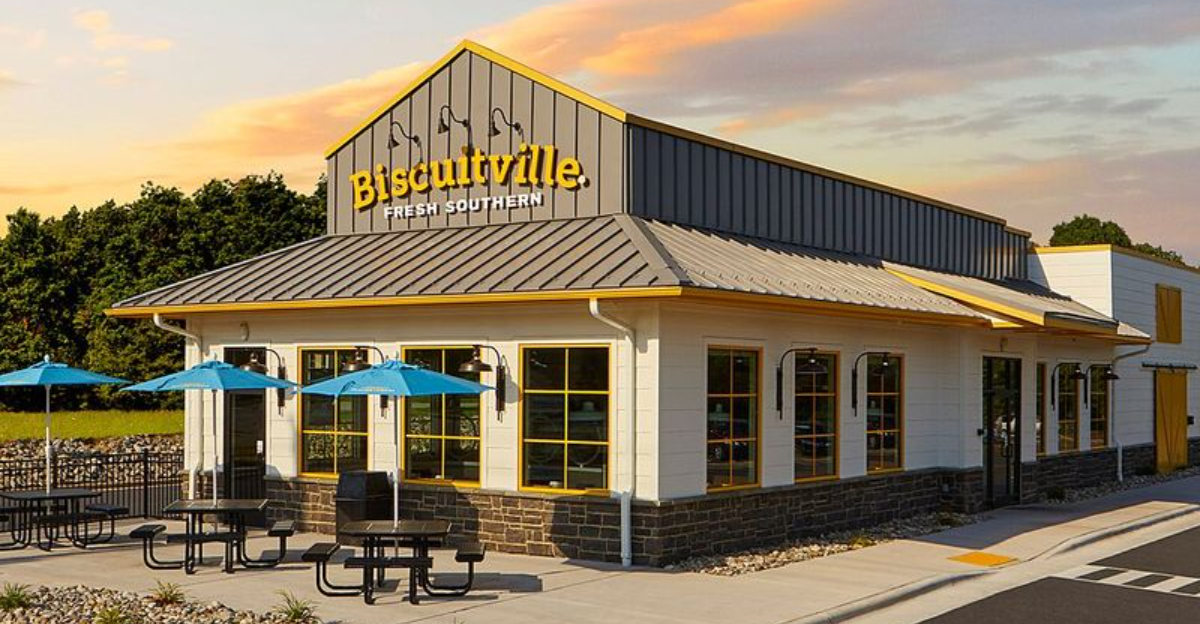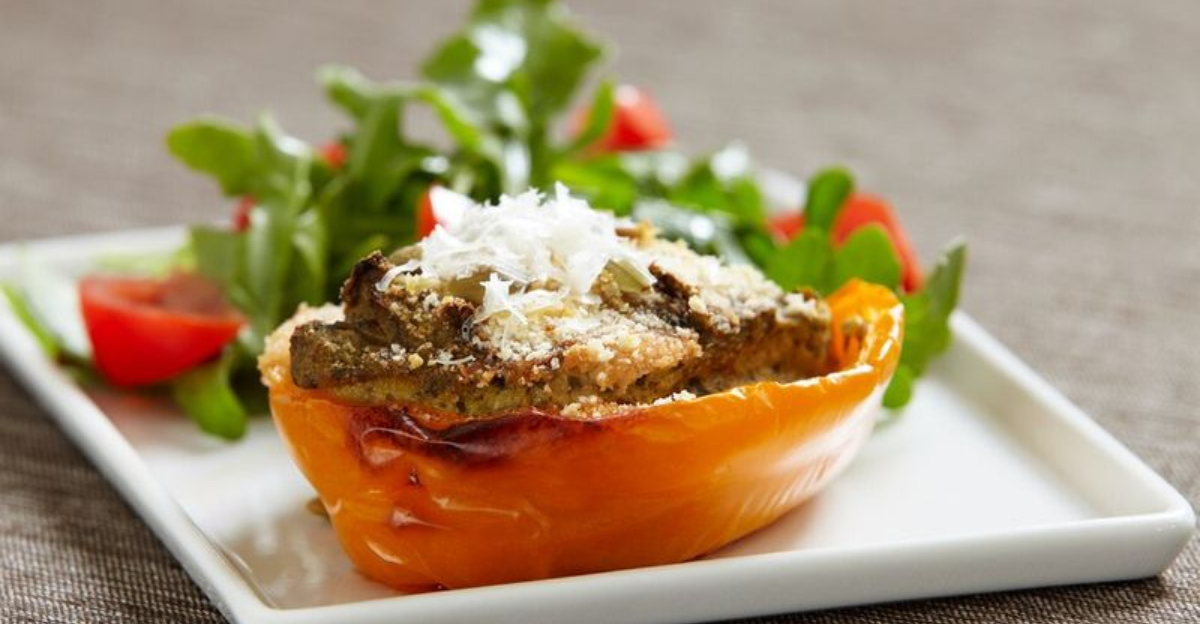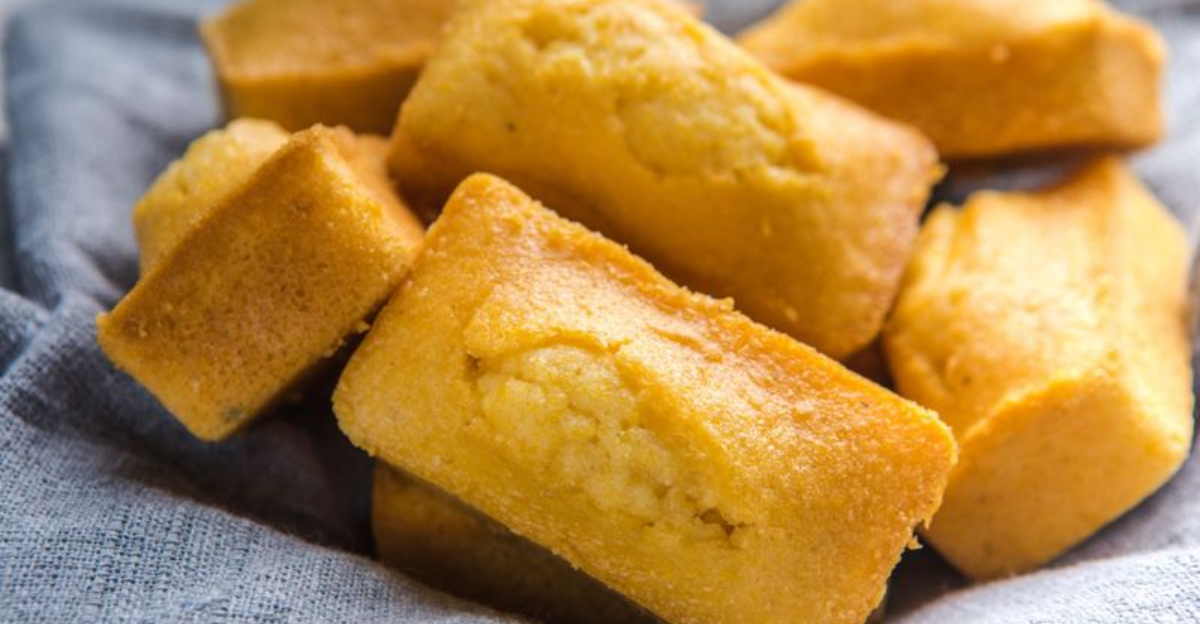11 Traditional Native American Dishes Celebrating Cultural Heritage
Native American cuisine tells stories that have been passed down through countless generations, connecting us to the land and traditions that shaped entire communities.
Every dish carries meaning beyond flavor, representing survival, celebration, and respect for nature’s gifts. Food has always been central to tribal identity, bringing families together during ceremonies and everyday meals alike.
Get ready to explore eleven incredible dishes that honor indigenous cultures and continue to nourish bodies and spirits today.
1. Frybread
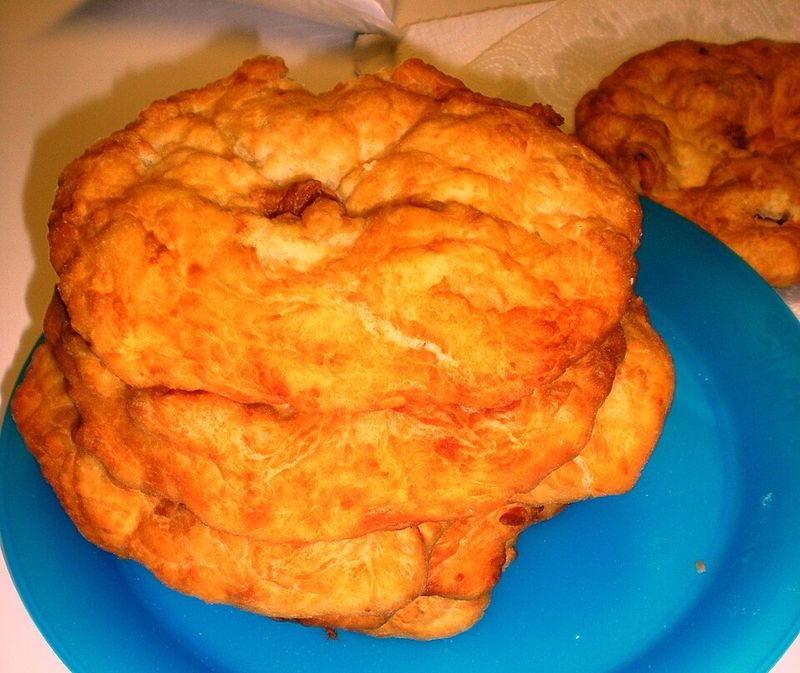
Crispy on the outside and pillowy soft inside, this beloved staple emerged from difficult times but became a symbol of resilience. You can top it with honey, jam, or savory ingredients like taco meat and cheese.
Many pow wows and gatherings feature vendors selling fresh batches straight from hot oil. Each bite connects you to a history of adaptation and survival that transformed simple ingredients into something truly special.
2. Cornbread
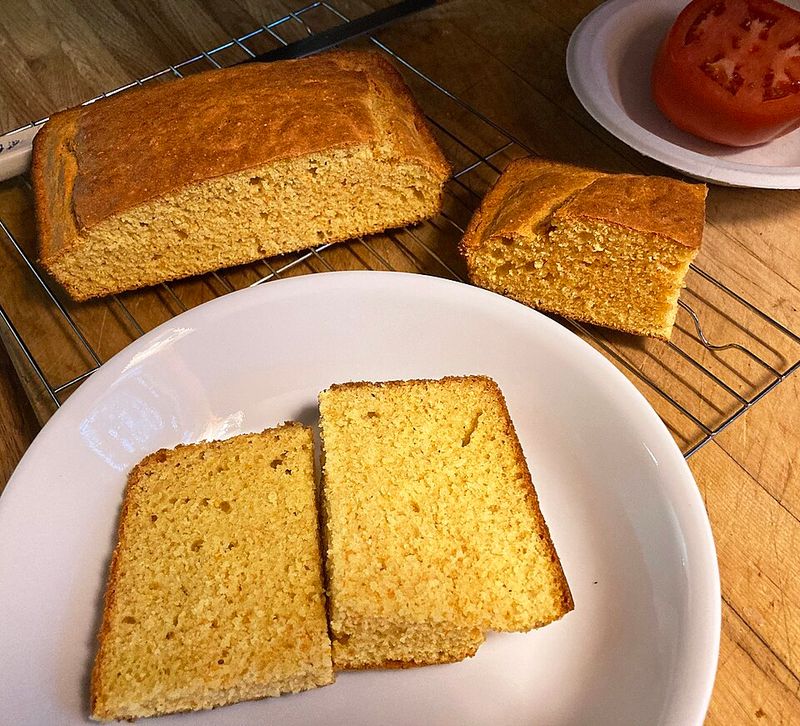
Before wheat flour became common, indigenous cooks mastered the art of turning ground corn into delicious baked goods. Slightly sweet and wonderfully crumbly, it pairs perfectly with soups, stews, or simply a pat of butter.
Tribes across North America developed unique variations using local ingredients and cooking methods. Whether baked in cast iron skillets or cooked over open fires, the result always brought comfort and satisfaction to hungry families.
3. Buffalo Stew

Buffalo provided everything Plains tribes needed, and wasting any part was considered disrespectful to the animal’s sacrifice. Slow-cooking tough cuts transforms them into melt-in-your-mouth tenderness while creating deeply flavored broth that warms you from the inside out.
Root vegetables like turnips and wild onions added earthiness and nutrition. Every spoonful carries the spirit of the great herds that once thundered across vast grasslands.
4. Wild Rice Pilaf
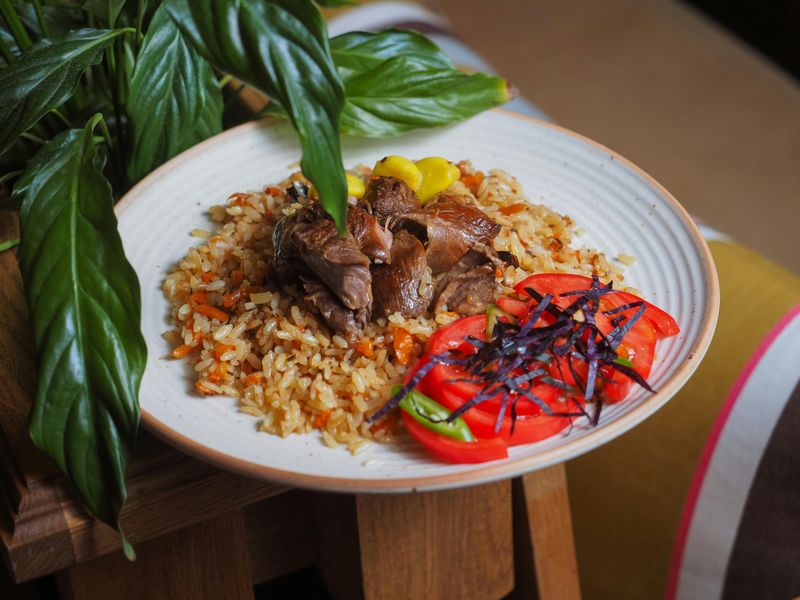
Actually a grass seed rather than true rice, wild rice grows in shallow lakes and rivers throughout the Great Lakes region. Harvesting by canoe remains a sacred tradition for Ojibwe and other tribes who consider it a precious gift from the Creator.
Nutty flavor and chewy texture make it incredibly satisfying, especially when mixed with mushrooms, nuts, or dried berries. Preparing it properly requires patience and respect for the ingredient’s cultural significance.
5. Succotash
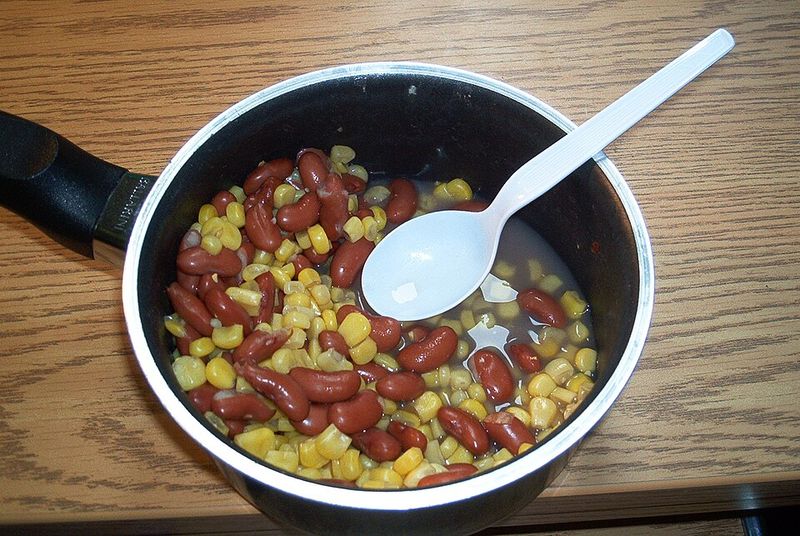
Bright lima beans and sweet corn kernels come together in a dish that celebrates summer’s bounty. Originally created by Narragansett people, the name comes from a word meaning “broken corn kernels.”
Adding peppers, tomatoes, or squash brings extra color and nutrition to an already wholesome side dish. Simple preparation lets fresh ingredients shine while honoring the agricultural knowledge passed down through centuries of careful cultivation and seed-saving.
6. Navajo Tacos
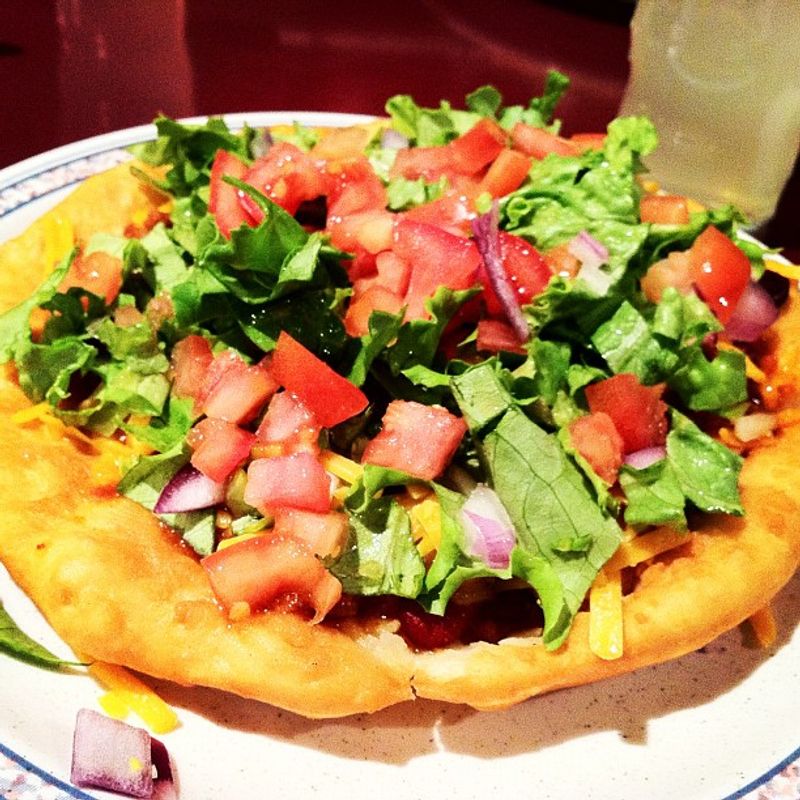
Built on a foundation of warm frybread, everything gets piled high with seasoned meat, fresh vegetables, and creamy toppings. What started as a creative fusion has become a pow wow favorite that satisfies even the biggest appetites.
Each layer adds texture and flavor, from the crispy-soft bread to the zesty toppings. Eating one can get delightfully messy, but that’s part of the fun and communal experience of enjoying food together.
7. Pemmican
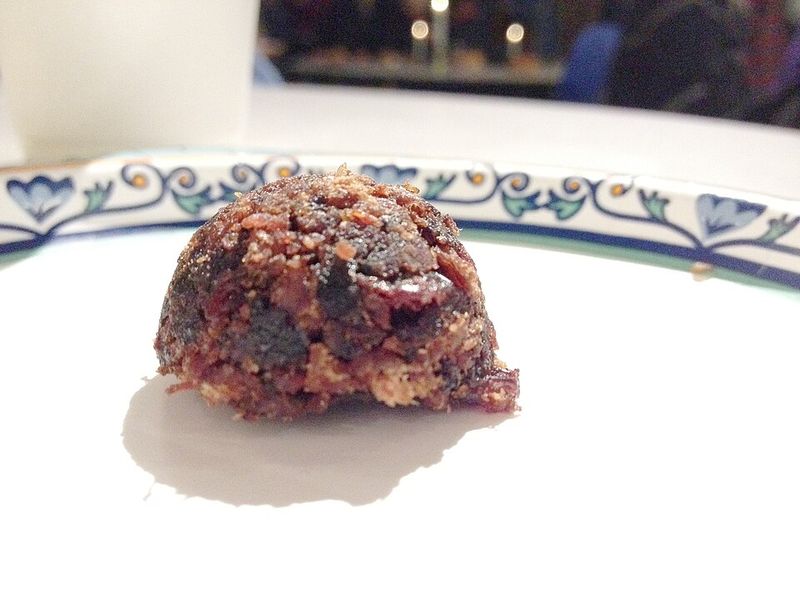
Imagine creating an energy bar centuries before modern food science existed. Dried meat gets pounded into powder, mixed with rendered fat and berries, then formed into portable cakes that last for months without refrigeration.
Hunters, warriors, and travelers relied on this compact superfood during long journeys when fresh meals were impossible. High in protein and calories, just a small amount provides sustained energy for demanding physical activities.
8. Hominy

Soaking dried corn in alkaline solution transforms ordinary kernels into something entirely different. The process, called nixtamalization, removes the tough outer hull while making nutrients more available for your body to absorb.
Puffy and slightly chewy, hominy becomes the base for pozole and other hearty dishes. Ancient cooks discovered this technique thousands of years ago, dramatically improving the nutritional value of corn-based diets and preventing deficiency diseases.
9. Acorn Soup

Acorns were a crucial source of calories for California tribes who developed elaborate techniques to remove bitter tannins. Leaching ground acorn meal through multiple water rinses takes time but results in mild, nutty flour perfect for soups and porridges.
Creamy and filling, acorn soup sustained communities when other food sources became scarce. Gathering and processing acorns taught patience, resourcefulness, and respect for the mighty oak trees that provided such abundance.
10. Green Corn Soup

Celebrating the first corn harvest of the season, Iroquois people created a soup that honors the gift of fresh, tender kernels. Scraping young corn from the cob releases starches that naturally thicken the broth into something wonderfully creamy.
Adding beans and squash makes a complete meal that embodies the Three Sisters philosophy. Special ceremonies accompanied the first taste each year, thanking the corn spirits for their generosity and ensuring future harvests.
11. Maple-Glazed Salmon

Pacific Northwest tribes perfected the art of smoking and preparing salmon, while Eastern woodland people tapped maple trees for sweet sap. Combining maple syrup with fresh salmon creates a glaze that caramelizes beautifully over fire or in the oven.
Rich fish balanced by natural sweetness demonstrates how indigenous cooks understood flavor combinations long before modern cuisine. Every preparation method honored the salmon’s sacrifice and celebrated the return of spawning runs.

